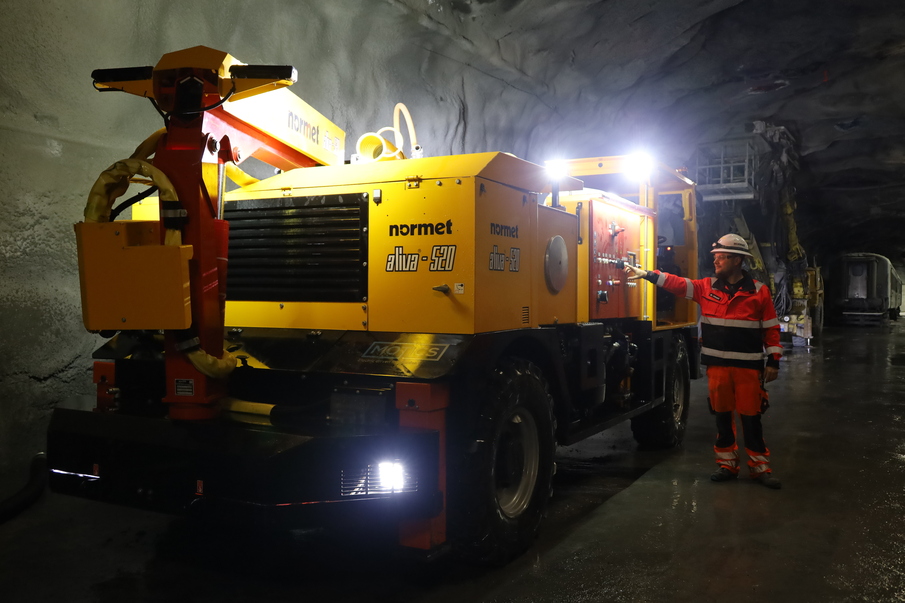

One of the factors causing poor air quality and increased emissions is the higher number of heavy-duty construction vehicles caused by development of urban centres. One way to mitigate the air pollution and emissions is considered to be the electrification of construction vehicles. With the climate-change situation, stricter regulation is emerging for heavy machinery and equipment in many levels, global, regional and local. Various restrictions are put in different countries to meet the requirements for a net-zero future. These regulations that impose certain standards would be easily followed with the transition to electric equipment.
According to IDTechEx’s report “Electric Vehicles in Construction 2022-2042” construction machines are responsible for around 400 Mt of CO2 emission annually, which is around 1.1% of global CO2 emission. Decarburization of the construction industry will be a key element of countries meeting their Paris agreement commitments, and electric construction vehicles will play an important role in this. While the off-road electric construction vehicle market is at a much earlier stage of development than the on-road electric vehicle markets, there is increasing effort within the space to deliver zero – emission solutions, with a growing number of prototypes.”
Given the importance of such a shift for the construction industry in the agenda of Global Co2 reduction initiatives for the next 20 years, at SubSpace Energy Hub we are working towards a sustainable and carbon neutral future, and the electrification of construction machines is one of the main work streams. Hagerbach Test Gallery (VersuchsStollen Hagerbach AG) offers a perfect infrastructure to prototype and support this transition, including alternative energy sources like solar, wind, geothermal, and advanced energy storage systems and built using environmentally friendly electric-driven equipment, coupled with low carbon subspace design, materials, and component choices.